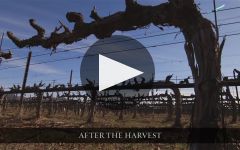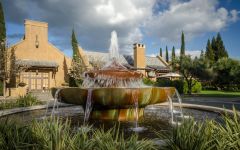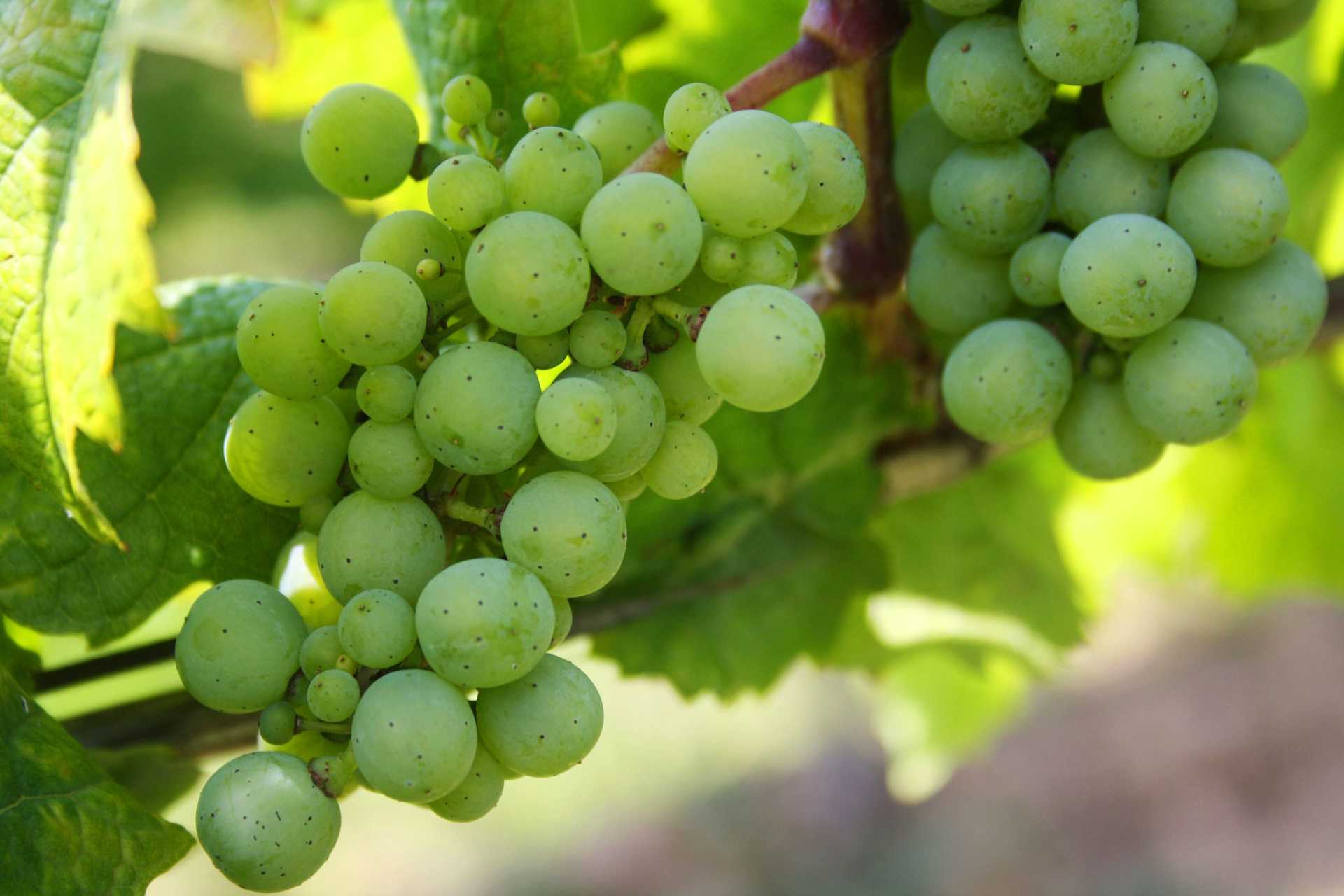Franciscan Estate Equilibrium 2012
-
Tasting
Panel



Product Details
Your Rating
Somm Note
Winemaker Notes
The perception of sweetness enables it to pair beautifully with a range of foods, from spicy barbeque to Thai and other Asian cuisines.
Professional Ratings
-
Tasting Panel
The blend of Sauvignon Blanc (72%), Chardonnay (17%) and Muscat Canelli (11%) had our interest piqued, as did its steely white-gold hue. Director of Winemaking Janet Myers had to have a blast crafting this bright, pretty white. At once it is sweet and stony: Honeyed white flowers linger around the minerality and peaches get tropical with an inset of streamlined pineapple acidity.
Other Vintages
2014-
Tasting
Panel






Franciscan was founded in 1972 by a group of lawyers and doctors from San Francisco who decided to try turning their passion for wine into a business. In 1985, Agustin Huneeus, a Chilean exile who had built Concha y Toro in his native country, took over the helm at Franciscan. Huneeus refocused the winery on using the superlative grapes growing in its own vineyards, rather than sourcing from outside.
Today, Franciscan's wines are crafted under the exacting eye of Janet Myers, who came to Franciscan in August 2003 as associate winemaker after working in the Margaret River region and Beaulieu Vineyard, Stag's Leap Wine Cellars and Louis Martini. The winery remains committed to its tradition of small-lot winemaking, with small batches averaging just 150 to 1,500 cases. The image of a hand-operated wine press on Franciscan's logo and wine labels reflects this small lot approach to winemaking.

With hundreds of white grape varieties to choose from, winemakers have the freedom to create a virtually endless assortment of blended white wines. In many European regions, strict laws are in place determining the set of varieties that may be used in white wine blends, but in the New World, experimentation is permitted and encouraged. Blending can be utilized to enhance balance or create complexity, lending different layers of flavors and aromas. For example, a variety that creates a soft and full-bodied white wine blend, like Chardonnay, would do well combined with one that is more fragrant and naturally high in acidity. Sometimes small amounts of a particular variety are added to boost color or aromatics. Blending can take place before or after fermentation, with the latter, more popular option giving more control to the winemaker over the final qualities of the wine.

One of the world's most highly regarded regions for wine production as well as tourism, the Napa Valley was responsible for bringing worldwide recognition to California winemaking. In the 1960s, a few key wine families settled the area and hedged their bets on the valley's world-class winemaking potential—and they were right.
The Napa wine industry really took off in the 1980s, when producers scooped up vineyard lands and planted vines throughout the county. A number of wineries emerged, and today Napa is home to hundreds of producers ranging from boutique to corporate. Cabernet Sauvignon is definitely the grape of choice here, with many winemakers also focusing on Bordeaux blends. White wines from Napa Valley are usually Chardonnay and Sauvignon Blanc.
Within the Napa Valley lie many smaller sub-AVAs that claim specific wine characteristics based on situation, slope and soil. Farthest south and coolest from the influence of the San Pablo Bay is Carneros, followed by Coombsville to its northeast and then Yountville, Oakville and Rutherford. Above those are the warm St. Helena and the valley's newest and hottest AVA, Calistoga. These areas follow the valley floor and are known generally for creating rich, dense, complex and smooth red wines with good aging potential. The mountain sub appellations, nestled on the slopes overlooking the valley AVAs, include Stags Leap District, Atlas Peak, Chiles Valley (farther east), Howell Mountain, Mt. Veeder, Spring Mountain District and Diamond Mountain District. Napa Valley wines from the mountain regions are often more structured and firm, benefiting from a lot of time in the bottle to evolve and soften.
